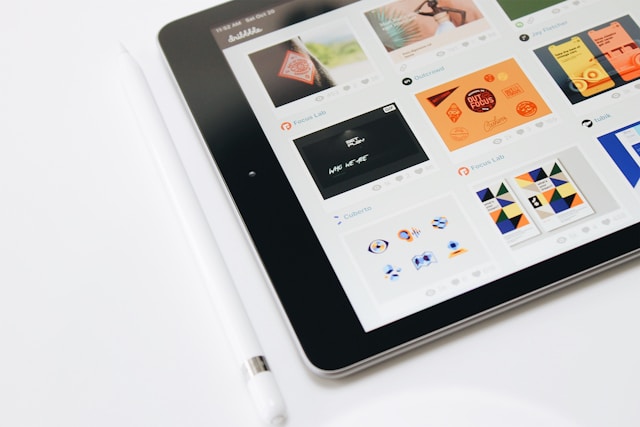
In today’s busy international society, where we are surrounded by advertisements and statistics, the growth of an environment that successfully speaks is essential. This is where Environmental Graphic Design (EGD) comes into play, a powerful tool for decorating spaces and engaging human beings.
Environmental Graphic Design (EGD) is a multidisciplinary practice that combines photography layout, shape, interior design and corporate design to decorate and enhance the consumer experience in physical spaces. Uses elements of visual verbal exchange to narrate, manually narrate, and create meaningful connections with the people around them. Let’s discover the basic elements and advantages of the graphical layout of the environment.
Benefits of Environmental Graphic Design.
1. Creating unforgettable experiences
EGD goes beyond aesthetics; and creates stories. Imagine walking into a museum where the walls are no longer the most effective paintings, but in addition, complement the memories through nicely designed portraits. These photos are not the easiest to decorate the aesthetic appeal, but also lose a long-term effect on visitors francaisonlinecasinos.net , making their visit unforgettable.
2. Guidance and information
Have you ever been in a huge building and found it difficult to find your way around? EGD solves this problem with clear navigational signage. From airports to hospitals, effective signage systems guide people smoothly through complex spaces, reducing confusion and frustration.
3. Branding and identity
For corporations, setting up a robust logo identity is essential. EGD enables this aspect through the incorporation of branding elements into body areas. From office interiors to retail stores, cohesive image designs enhance the image of emblems and lose a lasting impact on clients.

4. Improving accessibility
Inclusive design is the cornerstone of EGD. By using clean typography, symbols and colour contrasts, photo designers ensure that data is accessible to anyone, such as people with visual impairments or language barriers. This inclusiveness creates a welcoming environment for all.
5. Transformation of public spaces
Public spaces are essential for community interaction. EGD transforms these areas into colourful hubs by incorporating art, culture and data. Murals, interactive installations and informative graphics no longer improve the surroundings, but also promote the experience of belonging and enjoyment among citizens.
6. Communication of values and messages
EGD is a powerful messaging and sales pitch tool. Whether it’s drawing attention to environmental issues or selling social justice, well-designed photos have the power to engage and galvanize an audience into action.
7. Connection support
In the cutting-edge digital age, human connection is more important than ever. EGD creates opportunities for people to connect with their environment and each other. Whether through interactive installations or community-driven art initiatives, photographic design fosters a sense of connection and harmony.

Conclusion
Environmental graphic design does not make areas visually attractive; it’s about creating meaningful reviews, improving accessibility, and strengthening connections. The EGD plays a vital role in shaping the way we interact with our environment, from guiding us through complex environments to delivering critical messages. So the next time you step into a well-designed area, take a moment to understand the impact of eco-friendly graphic design.

